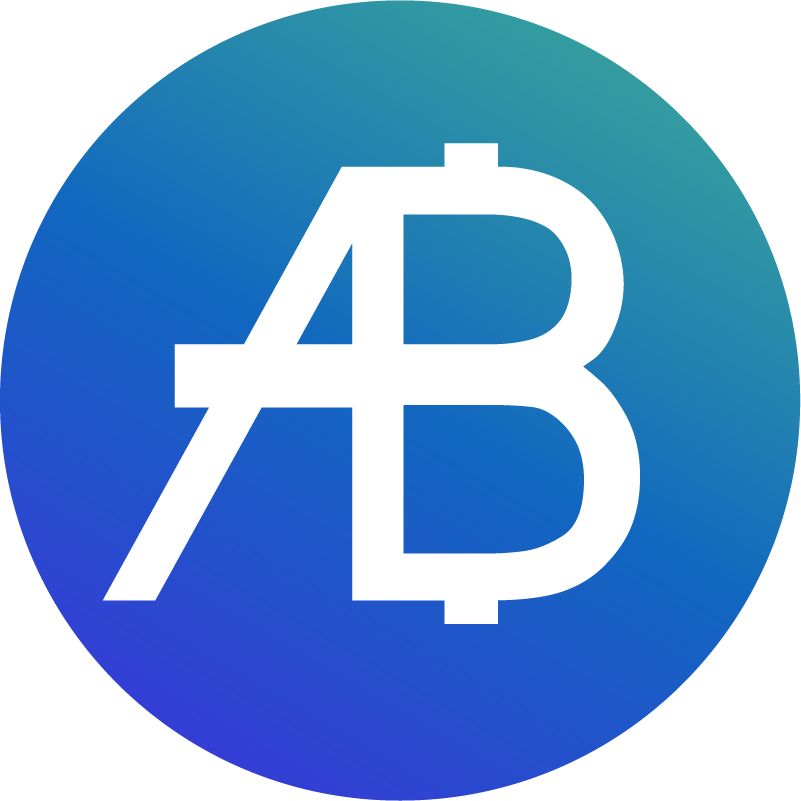Pi Coin Uitbetalen: Step-by-Step Withdrawal Guide

Introduction
Pi Coin has taken the crypto world by storm, promising a revolutionary mobile-first mining experience for millions of users around the globe. With its unique community-driven approach, many early adopters are eager to finally reap the rewards of their digital mining efforts. If you are one of the enthusiastic Pi miners keen on converting your Pi tokens into real-world value, you're probably wondering how ‘pi coin uitbetalen’—the Dutch term for cashing out or withdrawing Pi coins—actually works. This guide will walk you through what you need to know, the steps involved, crucial tips to avoid pitfalls, and how to stay updated as the project matures.
Detailed Steps/Process
Understanding the Current State of Pi Coin
Before you rush to withdraw your Pi, it’s essential to understand that Pi Network operates differently from conventional cryptocurrencies like Bitcoin or Ethereum. Pi is currently in its “Enclosed Mainnet” phase, which imposes restrictions on external transfers. This means directly withdrawing or selling Pi coins on most external exchanges isn’t officially enabled yet. However, demand remains high, with various methods and workarounds discussed within the community.
Step 1: Verify/Complete KYC
Pi Network requires users to complete a Know Your Customer (KYC) process before enabling any movement of tokens. In the Pi app:
markdown
- Open your Pi Network app.
- Navigate to your Mainnet checklist.
- Complete the KYC verification by submitting your identity documents and photo.
- Wait for approval, which may take a few hours or days.
Only KYC-verified users will be eligible for any future Pi coin withdrawals. Failure to verify may result in forfeiture of mined coins when withdrawing becomes available.
Step 2: Wait for Open Mainnet Access
During the Enclosed Mainnet phase, Pi transfers outside the network are mostly restricted. The Pi Network’s development team has indicated that an Open Mainnet (fully functional blockchain with cross-network transfers) is on the horizon but not live at the time of this writing. Once Open Mainnet is launched, withdrawals will become officially supported.
Step 3: Secure Your Pi Coins in a Web3 Wallet
After KYC and once the network allows external transfers, you’ll need a secure Web3 wallet to hold your Pi coins outside of the Pi app. We recommend using Bitget Wallet for its robust security, multi-chain support, and user-friendly interface.
markdown
- Download Bitget Wallet from your preferred app store.
- Create a new wallet and back up your recovery phrase offline.
- Locate your Pi Network address within Bitget Wallet.
- Initiate an in-app transfer from the Pi app to your Bitget Wallet address (this option will only be available once Open Mainnet is live).
Step 4: Choose Where to Sell Pi Coin
When Pi starts listing on trusted crypto exchanges, you’ll finally be able to sell or convert your Pi to fiat currencies or stablecoins, such as USDT. For a seamless experience, keep an eye out for Pi Network announcements on which exchanges are officially supported. As of now, Bitget Exchange stands out as a reputable, high-liquidity platform ready to support new tokens.
markdown
- Register or log in to Bitget Exchange.
- Complete any required account verification.
- Deposit your Pi coins from Bitget Wallet into your Bitget Exchange account once deposits are enabled.
- Use the exchange’s trading interface to sell your Pi coins for your desired currency.
- Withdraw fiat or other cryptocurrencies to your local bank or wallet as per exchange process.
Step 5: Stay Updated on Regulations and Announcements
Given Pi Network’s evolving nature, regulatory compliance is crucial. Keep your ears open for:
- Official Pi Network announcements (avoid rumors from unofficial forums)
- Exchange listing updates
- Changes in withdrawal or trading policies
- Community support and local compliance rules
Additional Tips or Notes
Watch Out for Scams
- Until Open Mainnet is live, beware of third-party “over-the-counter” trading groups offering to buy your Pi. Most are high-risk and may be fraudulent.
- Never share your private keys or recovery phrases, even with someone claiming to help you withdraw your Pi coins.
Back Up Everything
- Securely back up your Bitget Wallet recovery phrase. If you lose it, you could lose access to your Pi forever!
Diversify Your Strategies
- As soon as Pi is tradable, prices may fluctuate wildly. Consider selling in small portions to avoid price slippage or timing the market.
- Use Bitget Exchange’s advanced trading tools to maximize your returns and minimize exposure to volatility.
Prepare for Tax Implications
- Cryptocurrency withdrawals may attract taxes in your jurisdiction. Consult a financial advisor well in advance of your first withdrawal.
Participate in the Pi Ecosystem
- Explore opportunities within Pi Network’s own ecosystem: dApps, services, and peer-to-peer trading may offer utility and rewards before open withdrawals are enabled.
Conclusion or Summary
The excitement around 'pi coin uitbetalen' continues to build as users await the transition from a testnet economy to an open, tradable mainnet reality. While you can’t cash out Pi coins just yet, these actionable steps ensure you’ll be ahead of the curve when withdrawal becomes available. Secure your assets with KYC and a trusted Web3 solution like Bitget Wallet, monitor official developments, and prepare your strategies for the upcoming liquidity event. Whether you're a die-hard Pi believer or a practical miner, being informed guarantees you're ready for that first, thrilling withdrawal when the digital gold rush begins!






















